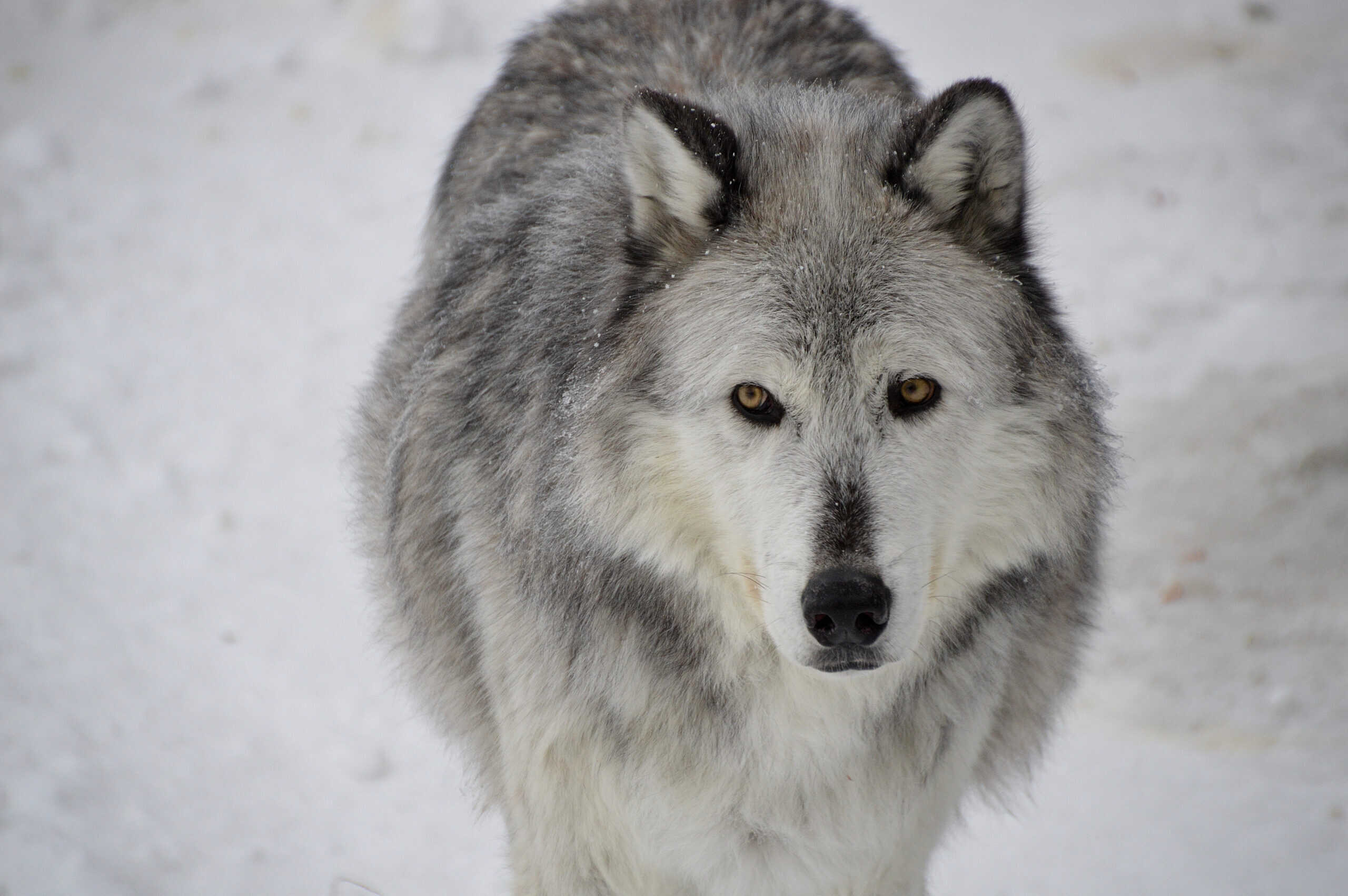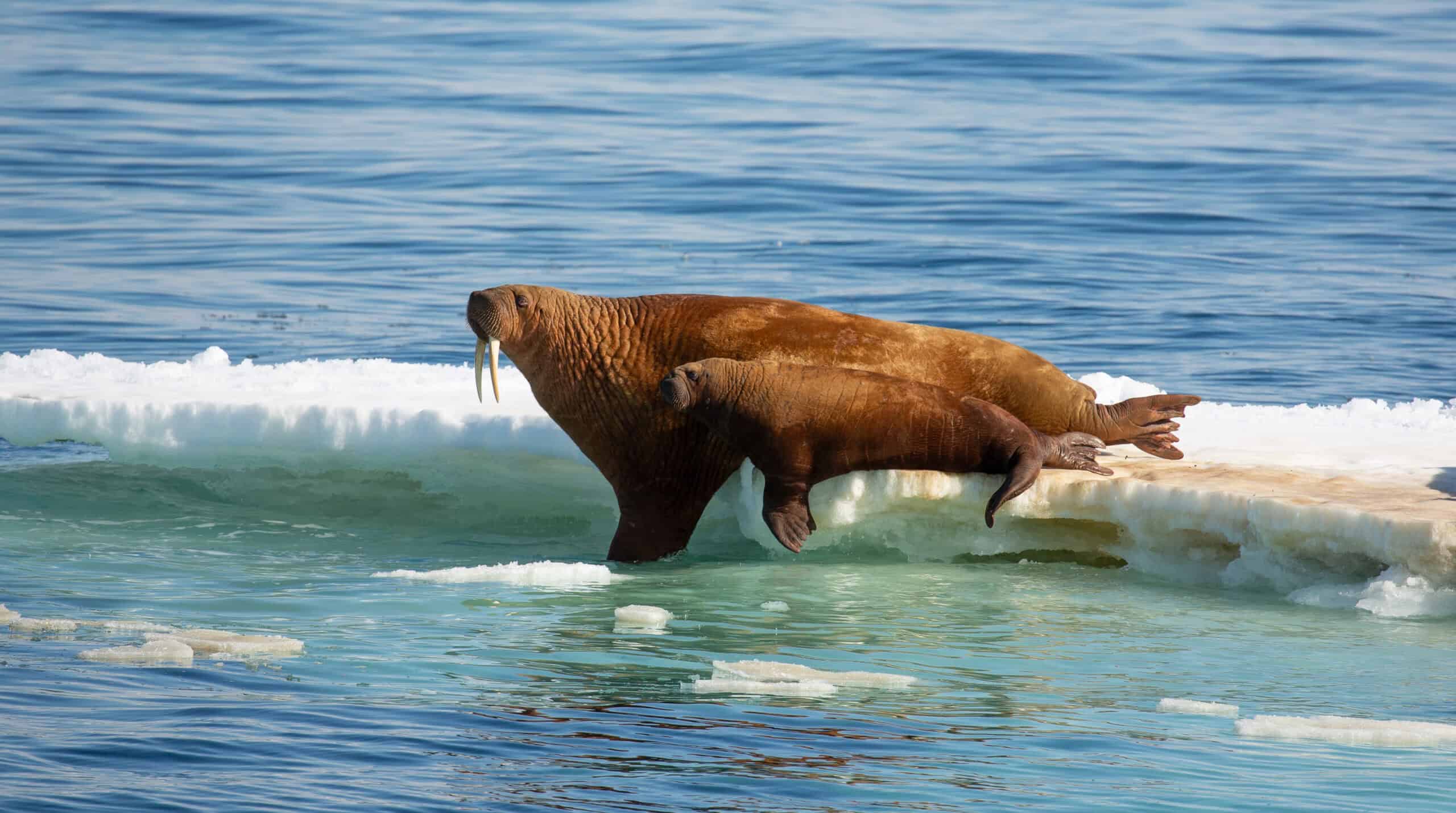Share this article
Site visit insights: Creating pathways for wildlife
Site visits are critical to helping scientists learn more about species and their habitats. The trips often take them into areas most people do not have a chance to explore, including public and privately-owned restricted sites, as well as some remote and hard-to-reach areas. “Site visit Insights” provides a behind-the-scenes perspective of wildlife biology, featuring photographs and interesting discoveries and happenings biologists experience in the field.
In cooperation with the U.S. Fish and Wildlife Service, The Wildlife Society is pleased to share these insights.
Wildlife Biologist: John Cleckler, wildlife biologist, Sacramento Fish and Wildlife Office Coast-Bay Division, Sacramento Fish and Wildlife Office
Site visit location: Highway 152 in Santa Clara County, California
What was the purpose of the site visit?
The Sacramento Fish and Wildlife Office, Caltrans, California Department of Fish and Wildlife, and the Santa Clara Valley Habitat Agency met to discuss a pathway forward to implement a baseline wildlife movement study that may include collection of roadkill data and documenting existing use of undercrossings (which are also called culverts). Early in the regulatory process, I raised concerns about the adverse effects of a concrete median barrier on wildlife movement. The Santa Clara Valley Habitat Conservation Plan also references the importance of maintaining a north-south movement corridor across this segment of Highway 152. In response to input from various agencies, Caltrans replaced the concrete barrier with a metal beam guard rail. Now we’re working together to better understand the impact of these changes on wildlife movement.
Where did you go?
Highway 152 in Santa Clara County—the Casa de Fruita area. Highway 152 cuts through a beautiful stretch of coastal mountains. The habitat in that area includes rolling oak grasslands, scrub, and the Pacheco Creek riparian corridor.
What partners were you working with and what is the nature of SFWO’s partnership with them?
The Sacramento Fish and Wildlife Office has longstanding partnerships with Caltrans, California Department of Fish and Wildlife, and the Santa Clara Valley Habitat Agency because of our shared interests and stewardship duty to maintain wildlife movement corridors.
What did you learn from this site visit that you didn’t know before?
One of the Santa Clara Valley Habitat Agency‘s conservation efforts includes conserving habitat within the county through conservation easements, which is beneficial to landowners and local wildlife.
I wasn’t aware of the diversity of wildlife subjected to road mortality in this specific area. Documented roadkill along the stretch of Highway 152 we visited included deer, gray foxes, coyotes, mountain lions, stripped skunks, Virginia opossums, common raccoons, and badgers. Listed species that have been documented in the area include salmonids, San Joaquin kit foxes, California red-legged frogs, and California tiger salamanders. It’s our hope that someday the tule elk will use large undercrossings in the area. The location stands out for many as the home of the Casa de Fruita tourist hotspot, but it hosts a great species diversity, limited development, and connectivity with large expanses of natural habitat, which is ideal for wildlife.
What surprises did you encounter during the site visit?
We explored several existing Highway 152 undercrossings to discuss their location relative to habitat on either side and potential monitoring activities for each site. We also walked through the culverts for inspection. Although there were issues with steep drops on downstream outlets, there were no signs of human use, such as camping, graffiti, or litter. I was pleasantly surprised by the active use of culverts for barn swallow nests and Myotis species bat roosts. The segment has great potential for a connectivity study. We did find coyote and Virginia opossum road kill at one crossing, unfortunately.
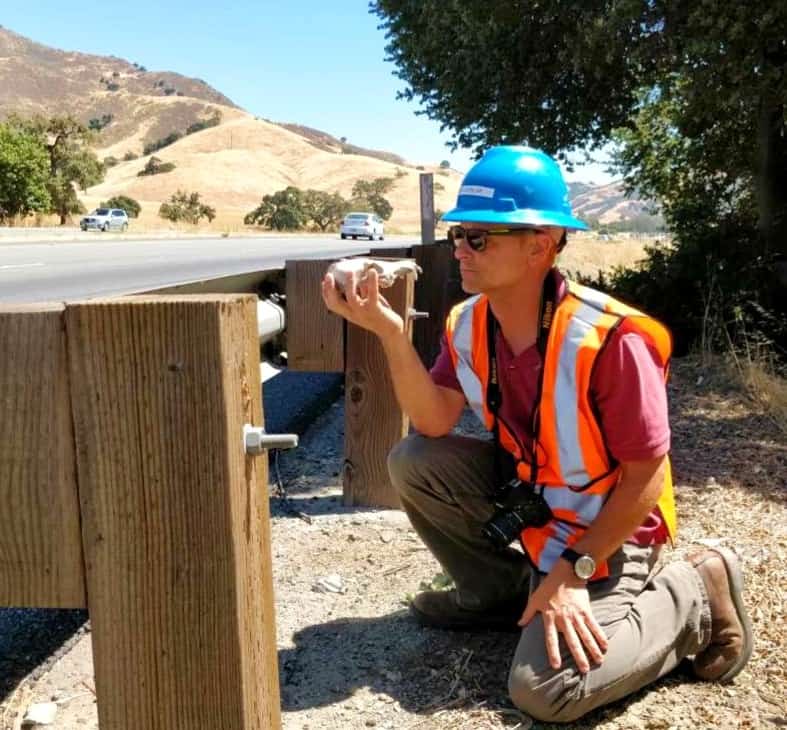
Studying roadkill helps Sacramento Fish and Wildlife Office Biologist John Cleckler better understand potential barriers to use of wildlife undercrosings. ©Jerry Roe
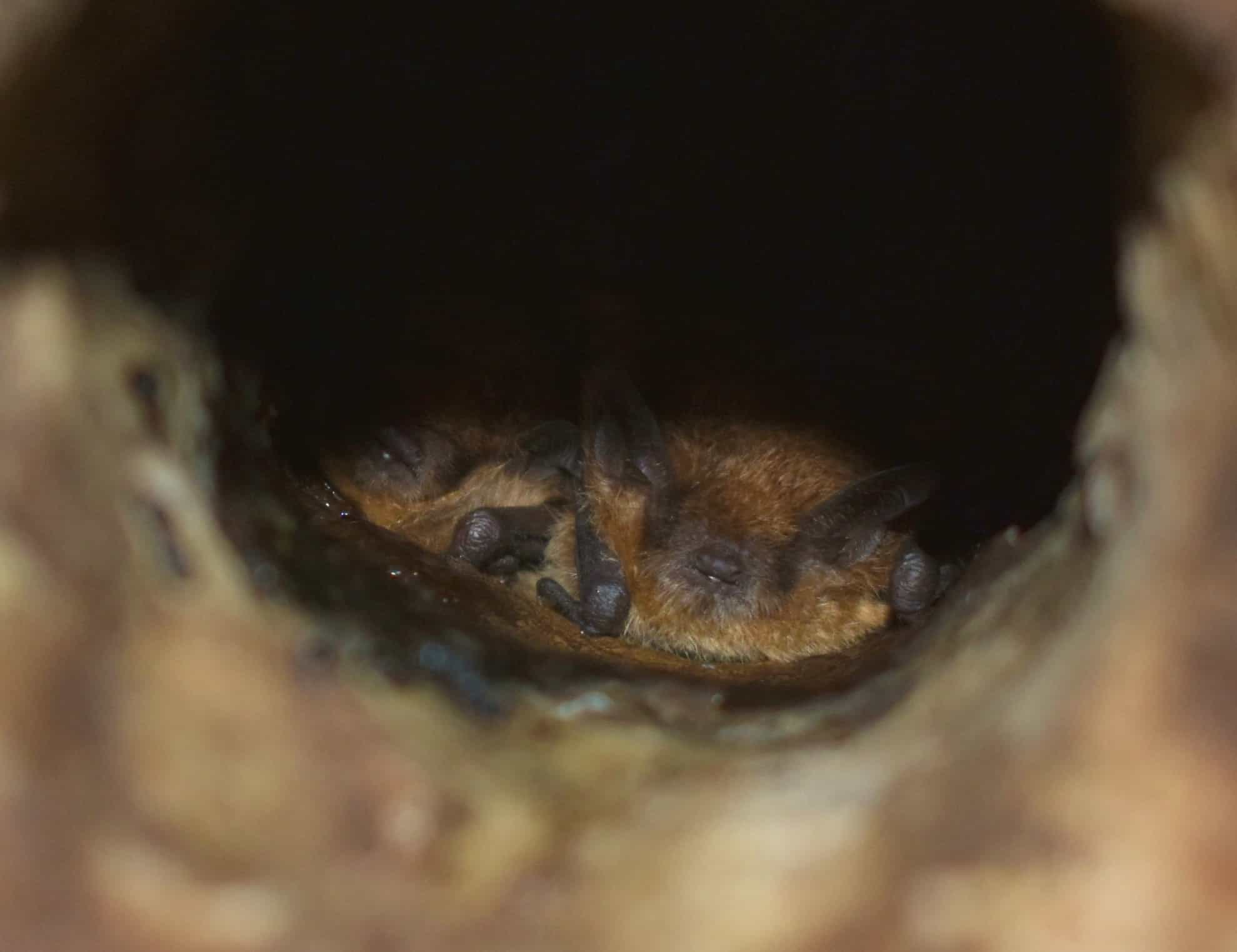
Culverts can serve as roosting spots for bats.
©John Cleckler/USFWS
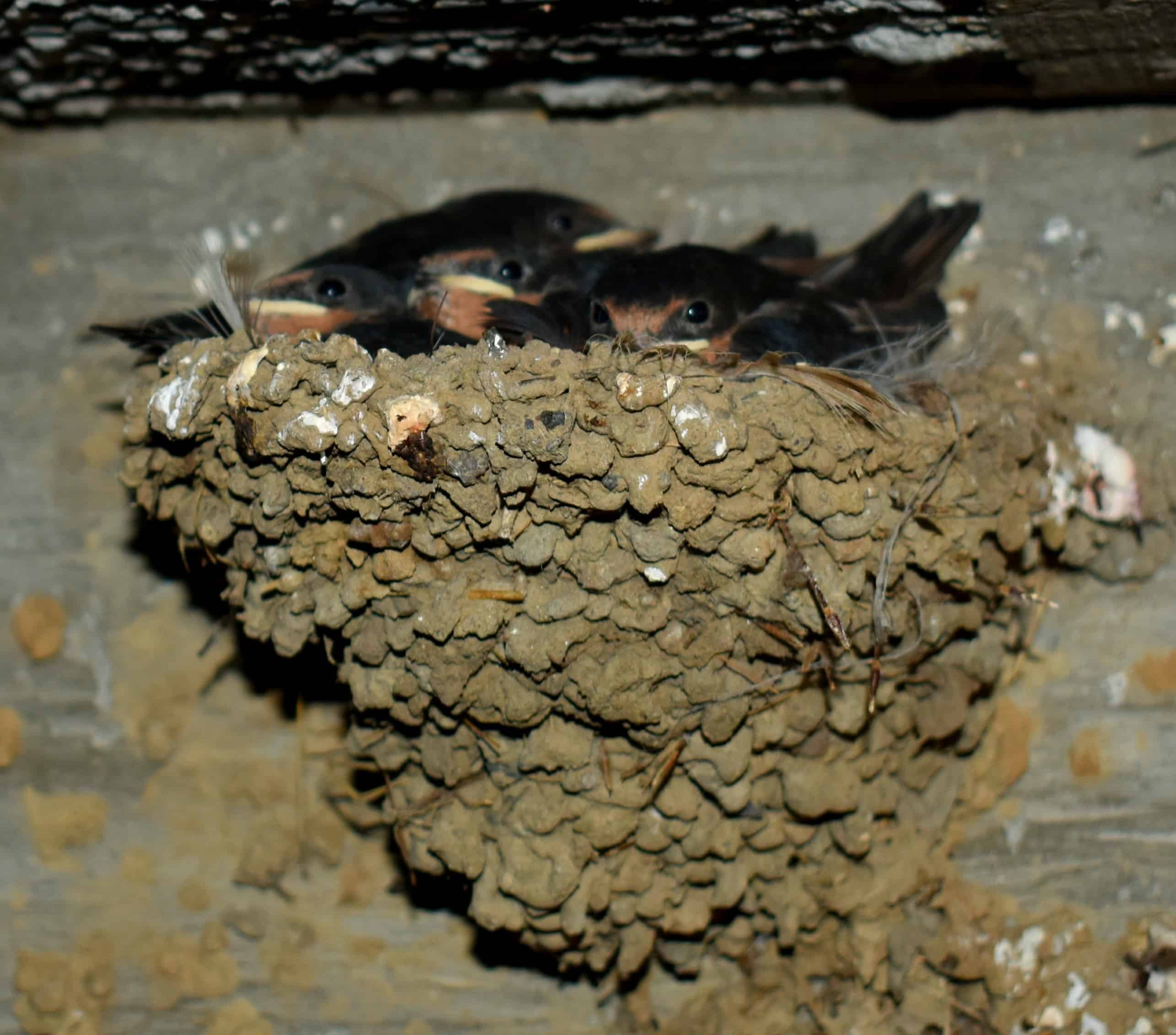
These Barn swallows found the perfect nesting spot in a culvert along Santa Clara County’s Highway 152.
©John Cleckler/USFWS
Header Image: Wildlife undercrossings like those along Highway 152 in Santa Clara County can benefit humans and wildlife by reducing vehicle-wildlife collisions. ©John Cleckler/USFWS






